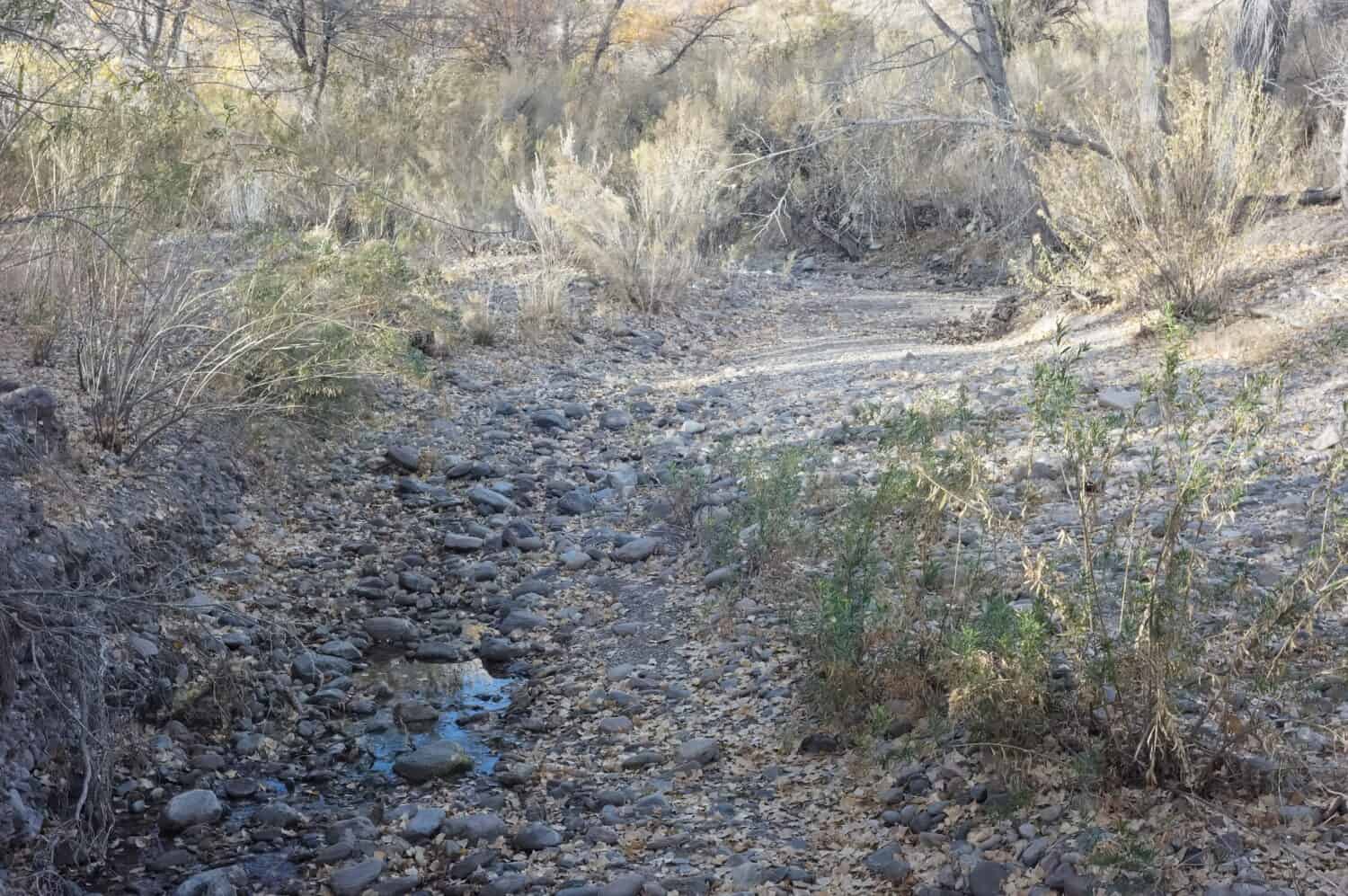You may have heard that the climate is heating up. And you may have noticed that it is true as far as your own experience of the last few decades go. Average temperatures in Sierra County keep edging up, and the droughts seem longer. By the way, it is officially back again locally. What are we going to do?
New Mexico is pretty sparsely populated; Houston has more people, but we are spread out into small communities. As a result, we know our local representatives personally. We actively engage in communal activity, and we still have at the state level a culture of local participatory democracy. That is why four years ago the Interstate Stream Commission (NMISC) gathered a large group of New Mexican experts in many fields related to climate change – climatologists, geologists, hydrologists, soil specialists, foresters, etc. – who spent a year studying the possible changes facing us in the next 50 years, a broadly based and broadly knowledgeable view of how climate change will affect us.
The year long study was shared publicly while in progress, and it culminated in an open public convention and discussion of the conclusions. The NMISC then came up with a 50 year plan for dealing with the upcoming water crisis [50 Year Water Planning – Water Planning in New Mexico], and this plan eventuated in the legislature passing in 2023 the Water Security Planning Act [About – Main Stream New Mexico]. The statute creates a legal structure for the public to input programs, plans, and policy (PPP) on water use and needs to the NMISC though the creation of Regional Water Security Councils. We are in the Lower Rio Grande Council which stretches from Winston to Texas.
The legal formation of these Councils is taking place right now. The state is turning the Act into a set of Rules and of Guidelines that will define who are on the Councils, what the Councils must do, how they do it, and the extent of their authority. See Water Planning in New Mexico.
The Councils will be made up of representatives of the political bodies (counties and towns), of irrigation districts, soil and conservation districts, of native American political bodies, of domestic water associations, of acequias, of environmental groups, of stakeholders representing agricultural, industrial, recreational, and educational interests, and include at-large members. The Councils will be large, representative, and inclusive. There is room there for someone from the Lower Animas Creek Ditch or from the Percha/Animas Watershed Association (PAWA) or from the Caballo Lake Mutual Domestic Water Association. The state is saying that the future of water is in our hands.
We have had regional planning groups in the past, but they never had much purchase because of the way they originated. Years ago, New Mexico sued Texas for trying to drill wells in New Mexico to export water to Texas. That litigation turned on the court’s discovery that New Mexico could not show how much water the state actually needed. We set up regional groups to make a show of planning and needs.
This time around, the Councils are different. We are not trying to show that we have uses for all the water we have in order to justify not exporting water. We are faced with curtailing uses to match falling availability. The Councils are the place where local priorities will be argued. They are empowered to make PPP and submit them to the NMISC.
Furthermore, their focus will be “public welfare.” In New Mexico water law, the use of water is constitutionally justified by beneficial use. But that principle means there can be no constraint to using water to the last drop. The idea that water use must conform to public well-being is being pushed in the Water Security Act as a constraint on use. The concept of “public welfare” exists in statutes, but the courts have never used it to justify or to limit water use or water rights. The formation of the Councils gives a venue for public welfare arguments to be considered in the formation of regional water programs, planning, and policy.
The state published its draft versions of the Rules and the Guidelines for the Councils at the beginning of the year, asking for public comments. The comment period ended, but the state has reopened the comment period. You can read and submit comments on the Rules and on the Guidelines until the end of April. Don’t wait; do that here: Discussion Draft Re-opened: Feedback Extended to April 30!
Take control of the future of water. Read the drafts even if you don’t want to comment on them. Understand how the Councils work, and engage with them in the future.


And thank you for your expert journalism and keep in the community inform. Very much enjoy the reporting and becoming a follower on Facebook.